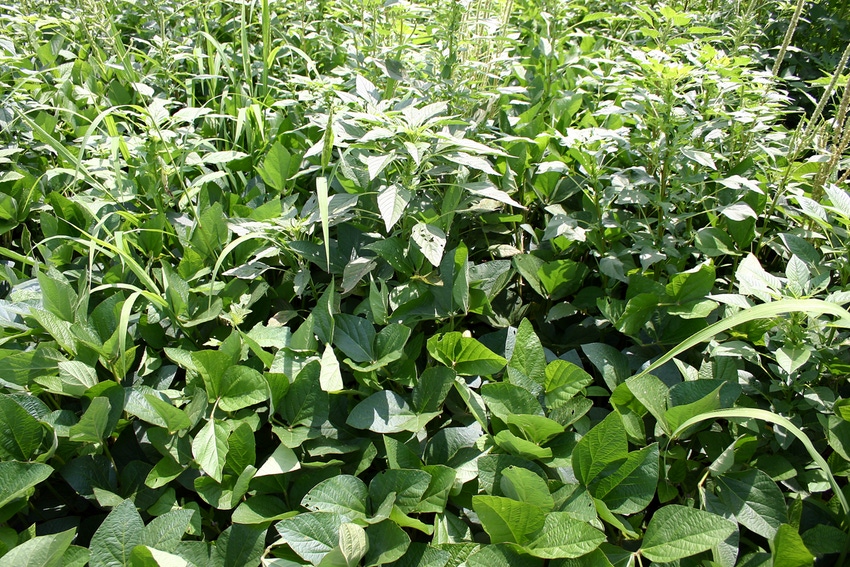November 11, 2010

Are we running out of herbicides? The answer, I believe, is yes — for three reasons.
The first is the continued development of herbicide-resistant weeds. We have no less than seven glyphosate-resistant weeds in the Mid-South now. They include giant ragweed, common ragweed, johnsongrass, Italian ryegrass, Palmer amaranth and common waterhemp.
Many folks tend to forget that in the early 1990s, we were beginning to have major issues with herbicide resistance with these same weeds. Roundup Ready crops came on in the mid- to late-1990s and bailed us out of that mess.
Now a number of these weeds are not just resistant to glyphosate and ALS herbicides but to several other herbicides as well. The best example of this would be Italian ryegrass, which in the Mid-South can be found resistant to ALS herbicides, glyphosate and ACCase herbicides.
We are not only losing herbicides to resistance being developed but to pressure by environmental groups to eliminate herbicides. The one getting the most pressure now is atrazine. Though it just got a clean bill of health by the EPA in 2006 after they reviewed hundreds of sound scientific studies demonstrating its safety to both the public and the environment, it is being revisited again.
I could understand a re-review if some new study brought up a concern, but the best I can tell, that is not the case. It sounds like pure politics, not science, is being used in this case.
We cannot afford to lose atrazine — one of the few tools we have to help manage many of these resistant weeds — to politics.
The third problem is the large reduction in effort by the major chemical companies to find new herbicide modes of action. They all seem to want to be the next Monsanto and sell traits. I am all for these traits, because I am convinced that in order to feed and clothe the population, we will need to lean heavily on crops that have traits for drought stress, nitrogen use efficiency and pest management. However, it need not come at the expense of finding new herbicides.
I was asked recently to sign a petition to a major chemical company asking them to not close their herbicide discovery group. What is wrong with that picture? Some upper management in that company needs to get out in a soybean field in the Mid-South. The answer would be clear.
Moreover, the chemical companies seemed to be caught flat-footed this spring when we ran out of critical herbicides to manage our resistance problem. You begin to wonder how serious they are about the herbicide business.
What can you do? They say the squeaky wheel gets the grease, so do not be afraid to contact your elected officials and let them know what you think. For some reason every two years in early November they seem to listen better, and now is a good time to contact them.
The same goes for representatives of the chemical companies. You may want to invite some of their CEOs to your soybean fields.
Finally, we have to manage our herbicide usage better. In the case of Palmer amaranth we need to utilize at least two herbicides that control this weed in our crops. We cannot afford to lose another herbicide to resistance.
You May Also Like




